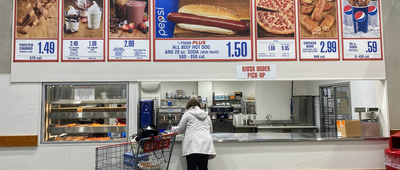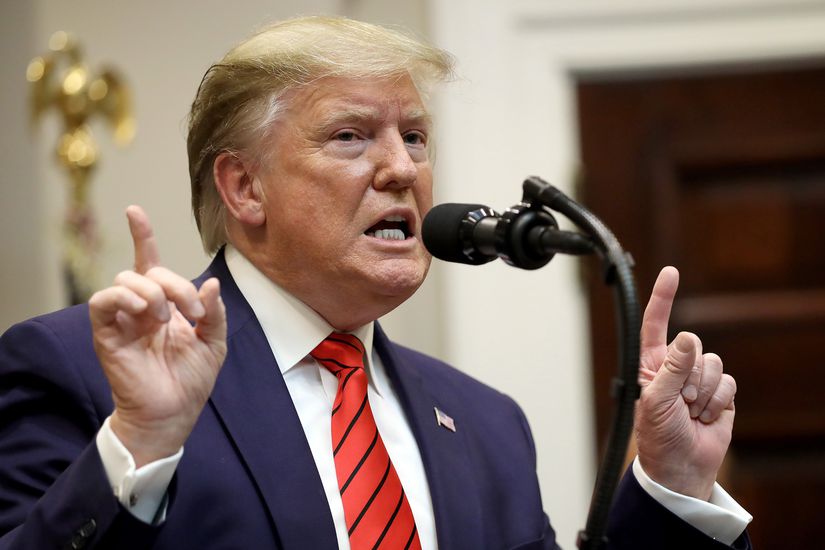It wasn't just New Balance. Several sneaker companies were swept into the political cauldron during the Trump years, most notably Under Armour. Unlike Nike, which made a calculated play to side with Colin Kaepernick, New Balance, Under Armour, and others watched helplessly as their brands were co-opted by causes that weren't part of their marketing strategies.
An expert interviewed by GQ called the phenomenon "brand hijacking," which he described as "When a brand, through no active marketing of their own, happens to be picked up by a particular group." People think of hippies when they see Birkenstock sandals, for example, but that has been a boon for the company. No sane brand, on the other hand, wants its logo associated with swastikas — but when it comes to brand hijacking, the company doesn't get to choose. As the GQ article pointed out, "if you see enough N logos on people at an alt-right rally in Charlottesville, a subconscious association starts burrowing into your mind."





























